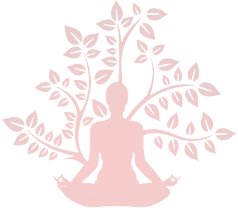About Kundalini Yoga
Kundalini Yoga is a comprehensive yoga tradition that combines meditation, mantra, physical exercises and breathing techniques. It is known as a householder’s path, practiced by those with families and jobs as opposed to a renunciate’s path of celibacy and removal from society, which was, historically, the path of a yogi.
Kundalini Yoga as we practice and teach it, is also known as the Yoga of Awareness, since it is focused on self-awareness and highest consciousness. It is a technology aimed to elevate the spirit, which has no boundaries. The practice is for everyone, regardless of gender and sexual orientation. It is universal and nondenominational.
Kundalini literally means “the curl of the lock of hair of the beloved.” This poetic metaphor alludes to the flow of energy and consciousness that exists within each of us. Connecting with this energy enables us to merge with (yoke) the universal Self. Fusing individual and universal consciousness creates a divine union. The Upanishads, dating back to the fifth century B.C., describe Kundalini, although the oral tradition reaches back even further into history. For thousands of years, this sacred science and technology was veiled in secrecy, passed along verbally from master to chosen disciple.
Kundalini Yoga tends to use rhythmic motions linked with conscious breathing, and chanting, and it looks and feels very different from the more widely known forms of yoga, such as Hatha. It has an enormous variety of techniques and meditations, allowing the instructor to tailor programs that support individual goals. It’s a safe way to stimulate the body’s natural resources and become healthy, happy, and holy—in body, mind and spirit. It’s a proven path to the Self and the Soul—to an experience of your highest destiny.


